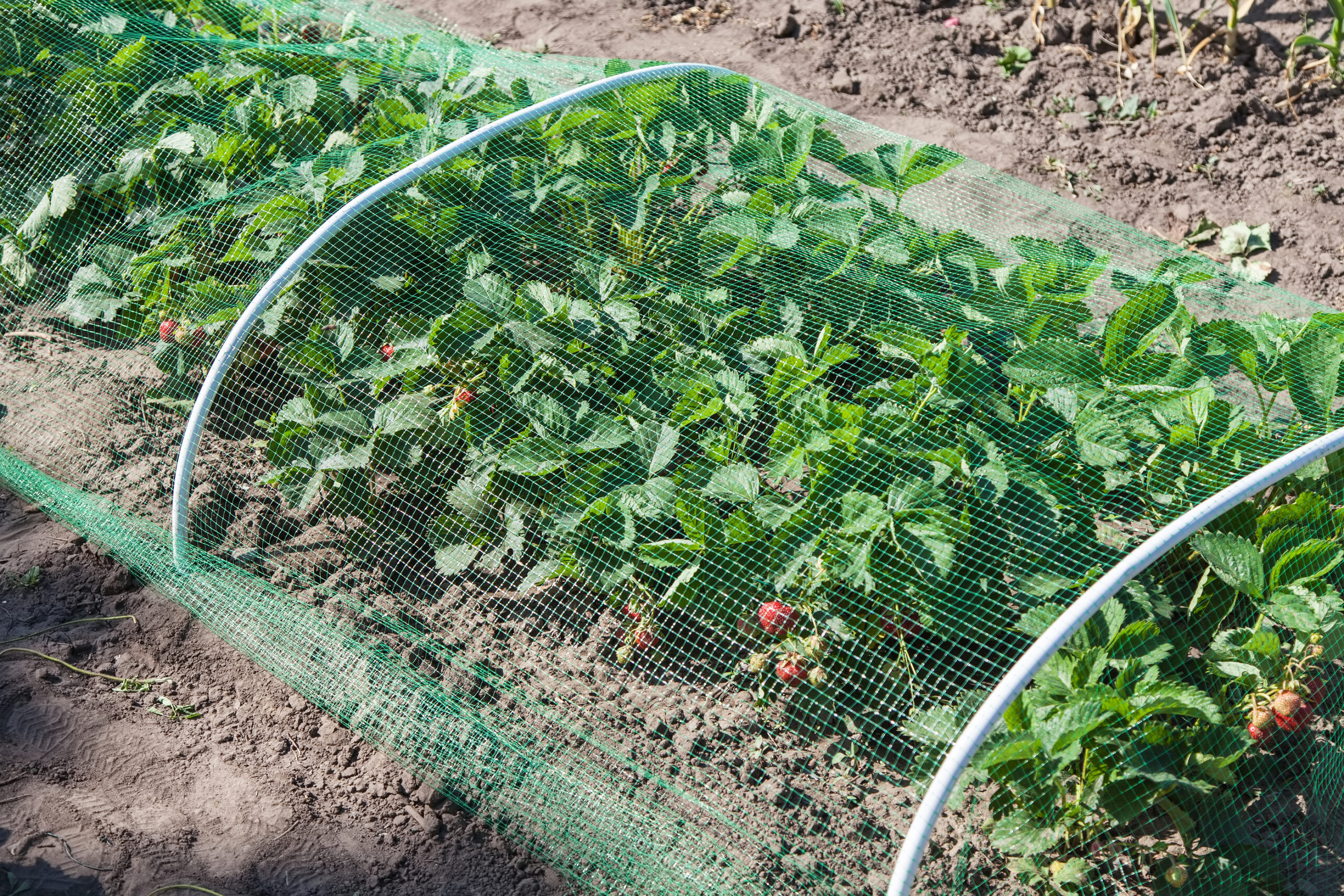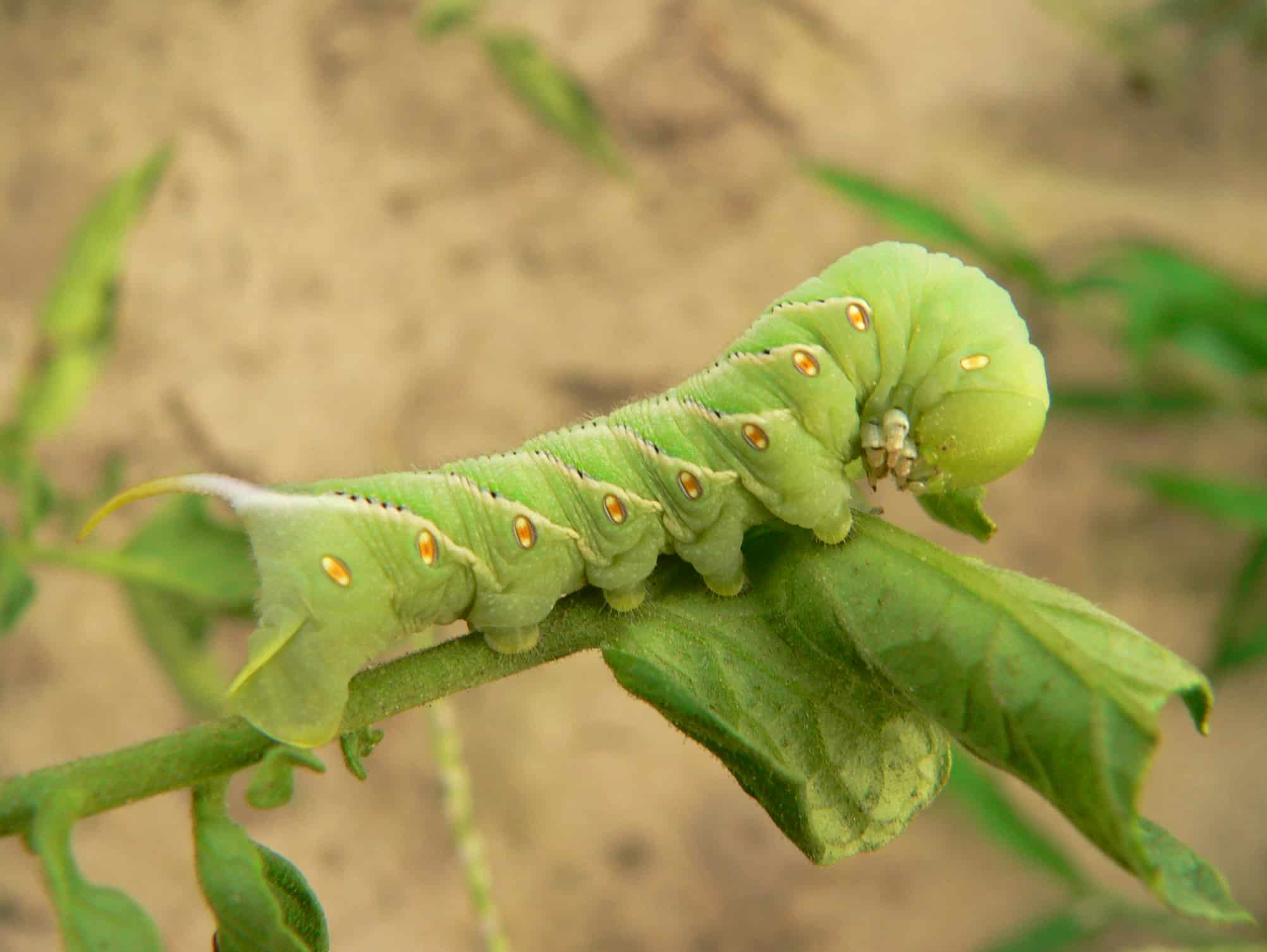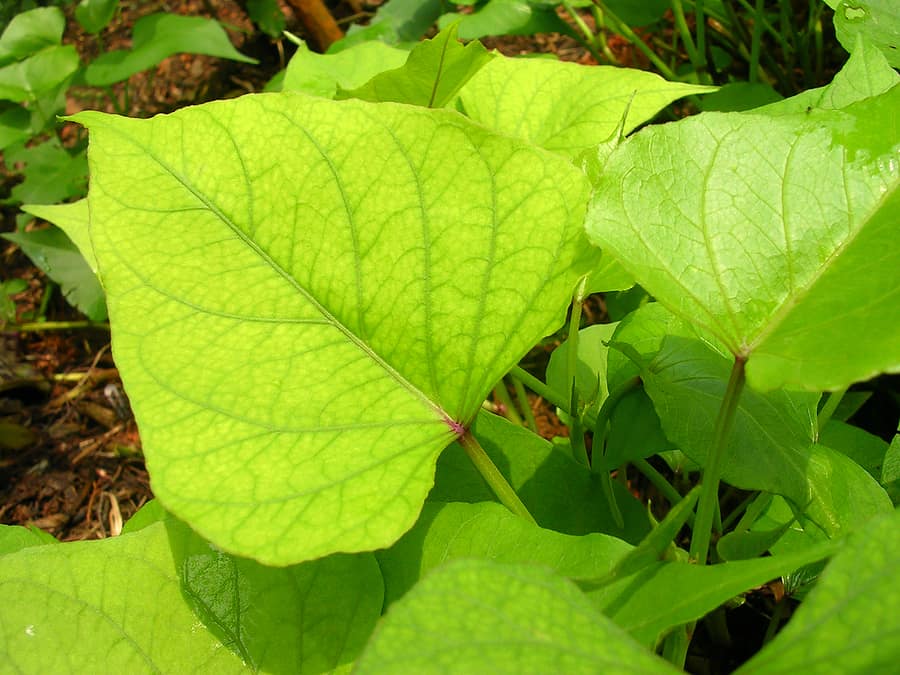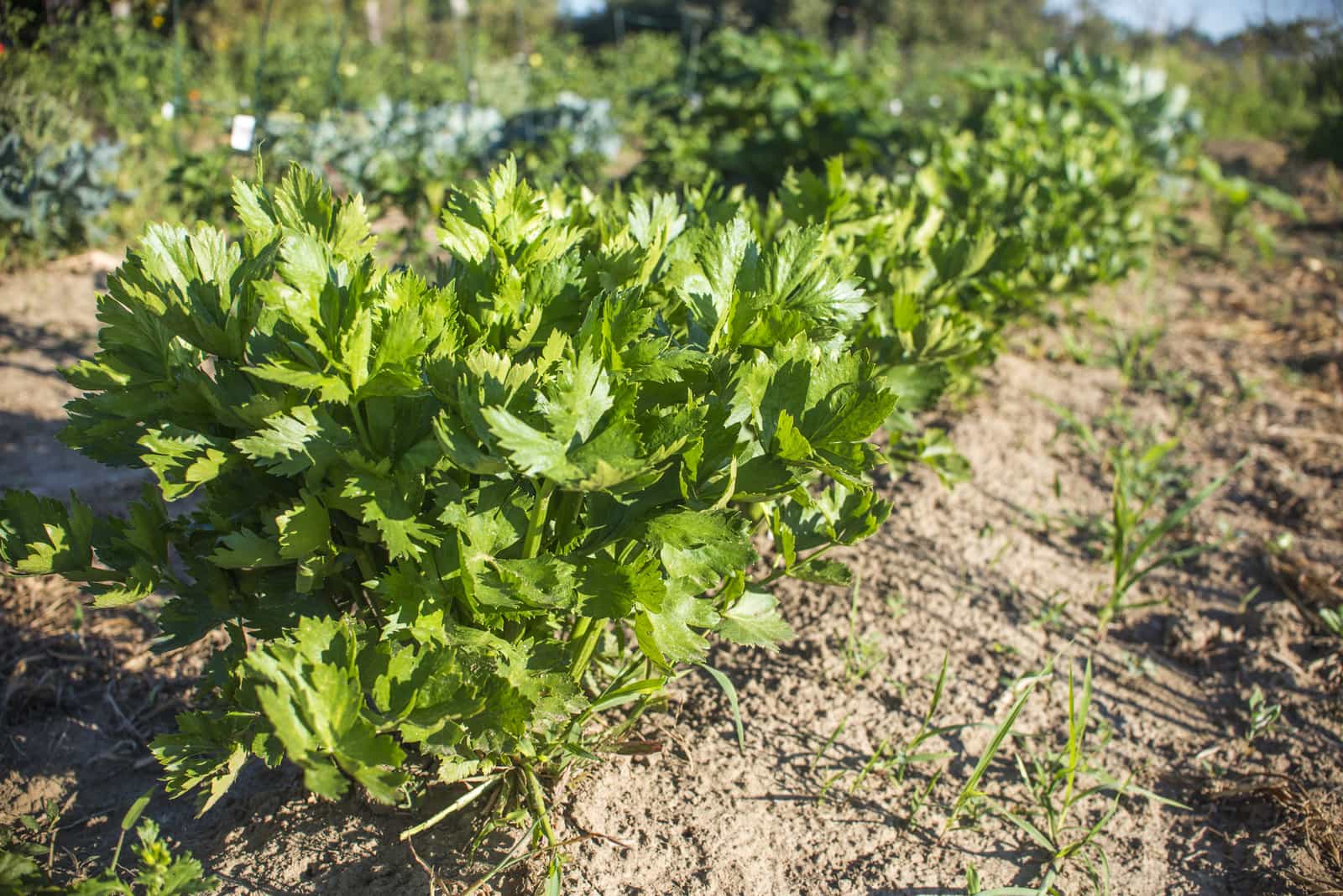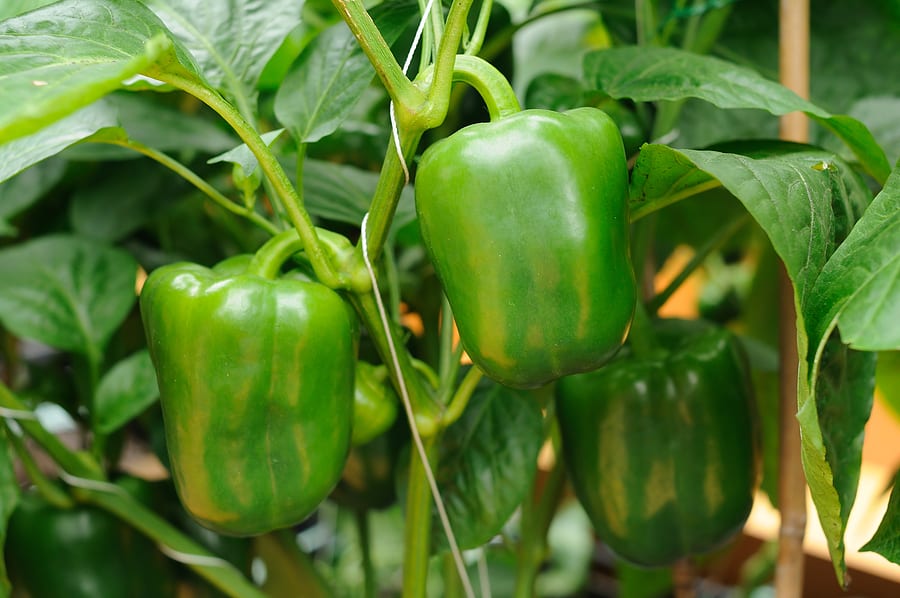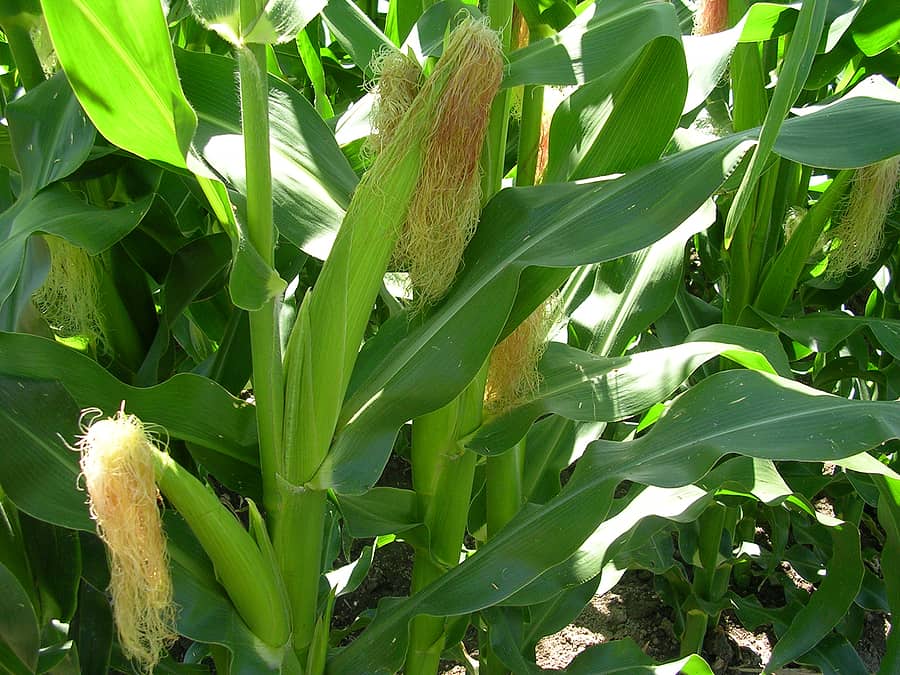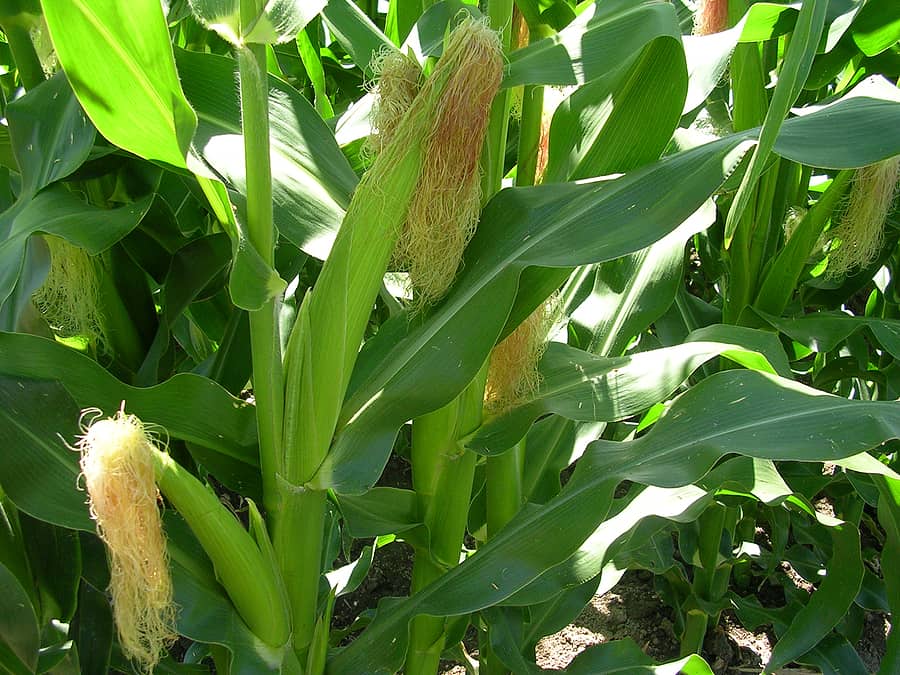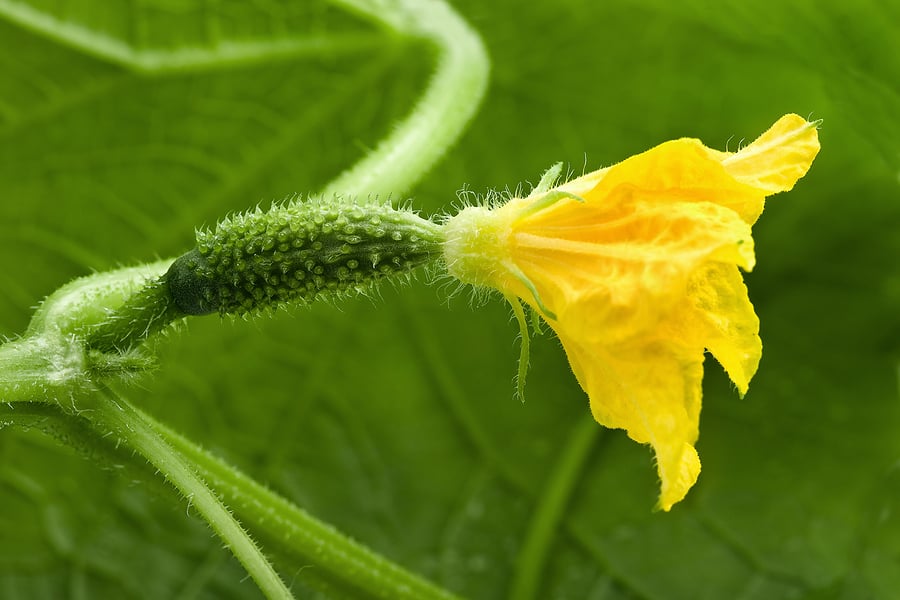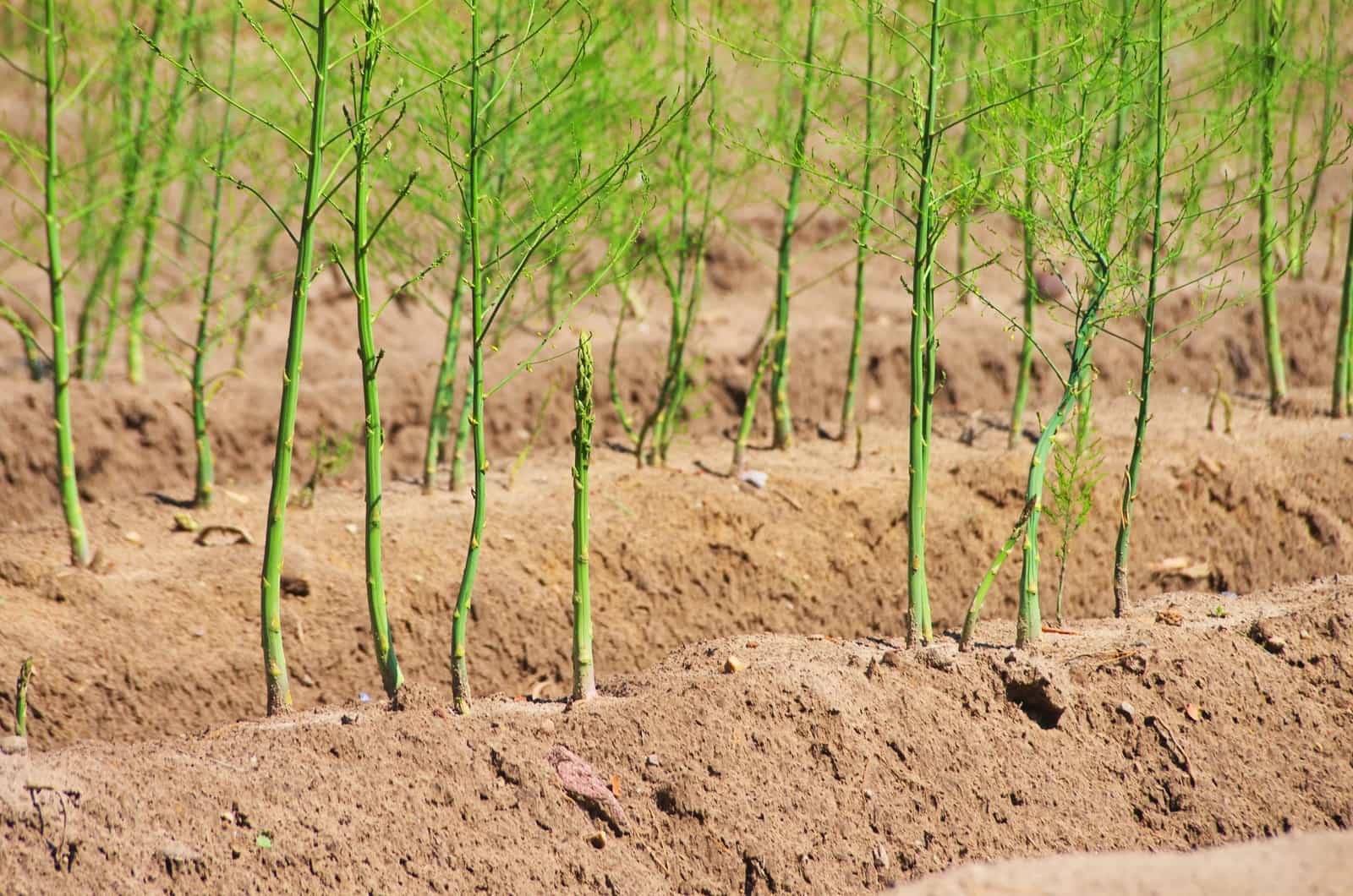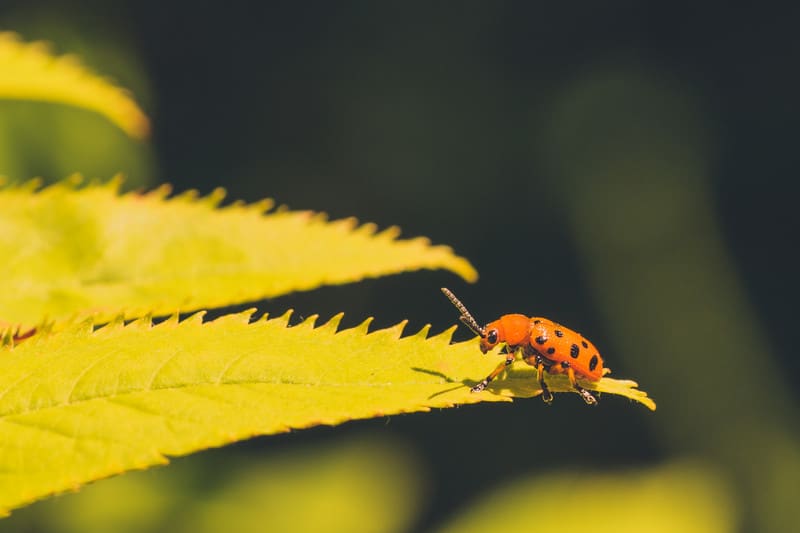Pests
Latest stories
More stories
-
Sweet Potato Growing Problems: Troubleshooting
Sweet potatoes require loose, well-drained soil and about 100 very warm days. Sweet potatoes are usually grown from slips started from roots (to start your own add another 40 days). Set sweet potato starts into the garden about the same time you set out tomato transplants in spring. For sweet potato growing tips see Sweet Potato […] More
-
Eggplant Growing Problems: Troubleshooting
They can be difficult to grow without these ingredients. Here is a troubleshooting list of possible eggplant problems with control and cure suggestions: (More eggplant growing success tips are at the bottom of this post.) Eggplant seed and seedling problems Seedlings are cut off near the soil surface Cutworms are gray or brown grubs that […] More
-
Celery Growing Problems: Troubleshooting
Celery requires plenty of moisture, fertile soil, and a long, cool growing season. You can start celery from seed, but germination is slow–about four weeks. Sow seeds indoors at least 10 weeks before seedlings are to be set out. A better plan might be to purchase celery starts when you are ready to plant. Even […] More
-
Mid-Season Pepper Problem Cures
Peppers are tropical plants and can be temperamental–especially the further they grow away from the tropics. They demand warm temperatures—not too cool and not too hot, organically rich soil, and even soil moisture—not too little and not too much. Give peppers these optimal conditions and they will produce until the first frost in autumn. Common […] More
-
Pepper Plant Problems, Pests, and Diseases—How to Fix Them
After decades of growing peppers, I’ve encountered just about every problem a gardener can face—wilting plants in the heat, leaves riddled with holes, stunted growth, and even entire crops lost to disease. Early on, I struggled with diagnosing issues quickly, often losing valuable growing time. But through experience, research, and trial and error, I’ve learned […] More
-
Sweet Corn Pests and Diseases: What to Watch For
After growing sweet corn organically for over 30 years, I’ve learned that healthy corn starts with early attention to potential problems. Pests and diseases can quickly damage a crop if you don’t know what to look for—or when to act. In this post, I’ll share the most common sweet corn troubles I’ve faced in the […] More
-
Corn Earworm Organic Pest Controls
The corn earworm—which is also known as the tomato fruitworm and the cotton bollworm—is a caterpillar that eats the fruit and leaves of corn, tomatoes, beans, peppers, squash, lettuce, peas, potatoes, and other crops. Corn earworms also chew tomato fruits from the blossom end, eat into bean pods and nibble lettuce. Earworms also attack okra […] More
-
Common Cucumber Pests and Diseases: Prevention and Treatment
As a seasoned gardener with over 30 years of experience growing cucumbers, I’ve encountered my fair share of pests and diseases that can threaten a healthy harvest. Whether you’re a first-time cucumber grower or a seasoned gardener, understanding the common problems that cucumbers face is crucial to maintaining a thriving crop. In this troubleshooting guide, […] More
-
Cucumber Beetle Organic Pest Control
The cucumber beetle is an oblong greenish-yellow beetle with black spots or stripes on its wing covers. The cucumber beetle is about ¼ inch long. Cucumber beetles feed mainly on members of the cucurbit family—cucumbers, melons, and squashes—and also asparagus, early beans, corn, eggplant, peas, potatoes, and tomatoes. They attack seedlings feeding on young shoots […] More
-
How to Prevent and Treat Squash Pests and Diseases Naturally
Growing squash is incredibly rewarding, but if you’ve ever battled squash vine borers, aphids, or powdery mildew, you know how quickly pests and diseases can take over. Over the years, I’ve dealt with my fair share of squash plant problems—watching healthy vines suddenly wilt, fruit fail to develop, and leaves become covered in white fungal […] More
-
Asparagus Growing Problem Troubleshooting
Asparagus is a perennial vegetable that will keep on producing for 20 years or longer given the right location and care. A healthy asparagus patch requires a bit of attention. Rule Number One: Keep ahead of asparagus problems, pests, and diseases. Here are asparagus growing problems and solutions: Whole plant problems Yellow to orange to […] More
-
Asparagus Beetle Organic Pest Control
The common asparagus beetle adult is a shiny, elongated blue-black beetle with a reddish-brown thorax and four cream-colored spots surrounded by a red border on the wing covers. The adult asparagus beetle is ¼-inch long. The larva is a greenish-gray, wrinkled, humpbacked grub with a dark head about ⅓-inch long. Common asparagus beetle adults and […] More

